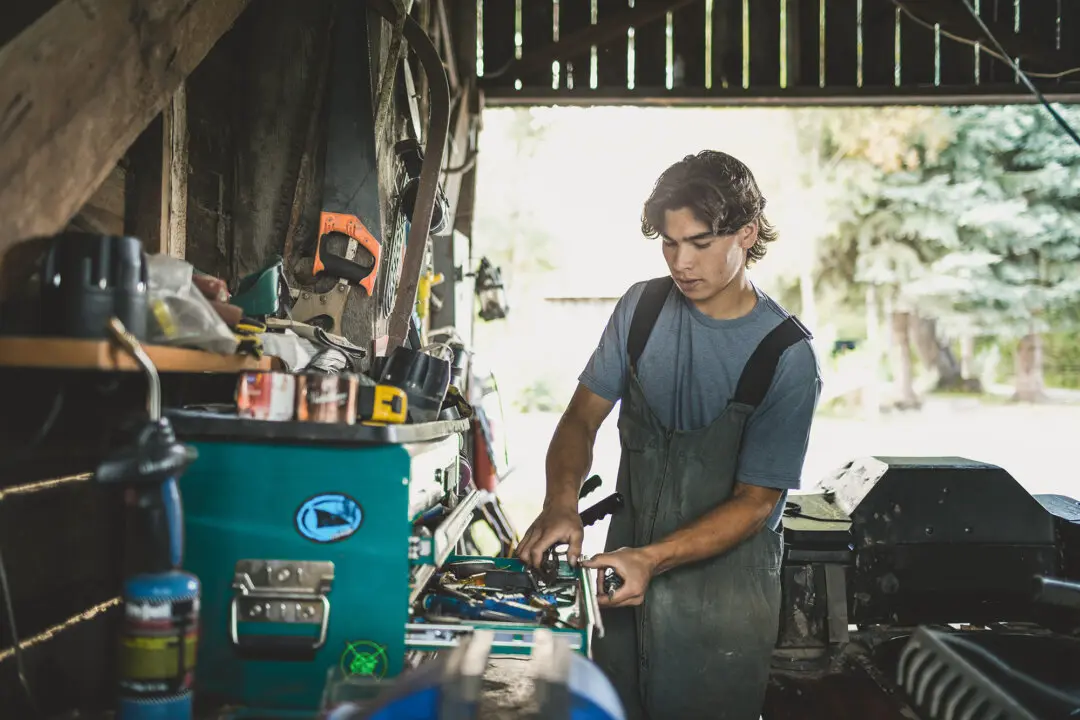Victory gardens in public spaces brought the country together during the food insecurity of World War II, and they can do the same thing today.
From apartment dwellers with no room to grow plants to homeowners with a bountiful backyard, community gardens are about the social aspect as much as the resulting fruits and vegetables. They beautify neighborhoods, instill a sense of pride, inspire local homeownership, reduce stress, promote a sense of well-being, increase fitness, improve dietary habits, and teach self-sustaining guidelines, all while providing fresh, affordable produce. It’s a healthy outdoor activity for all ages that can be created by a nonprofit organization, club, charity, municipality, private landowner—and everyday people like you.





